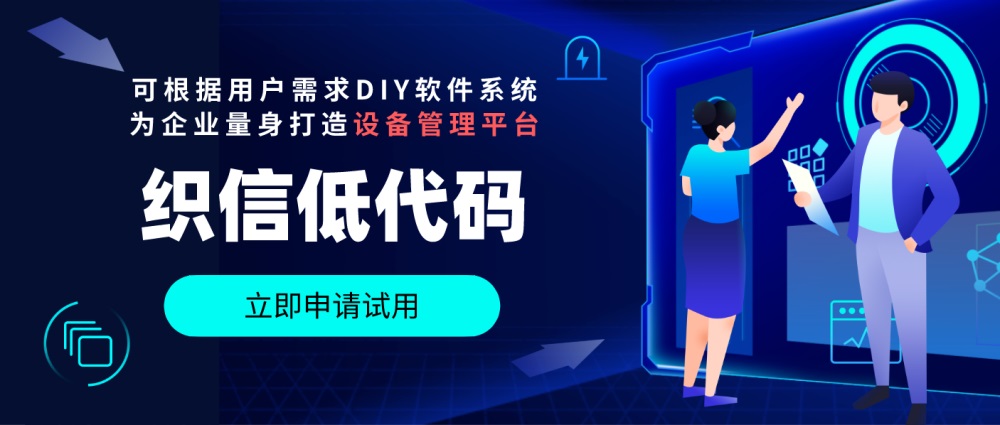设备管理软件ui

在选择设备管理软件UI时,界面简洁直观、功能模块清晰、可定制化强、数据展示丰富、用户体验良好是关键要素。特别是界面简洁直观,这不仅使用户更容易上手,还能够提高工作效率,减少操作失误。例如,清晰的导航栏和直观的仪表盘设计,能让用户快速找到所需功能和信息,避免在繁杂的选项中迷失。设备管理软件通常用于管理公司内部的各种硬件和软件设备,因此一个简洁明了的界面能显著提高IT部门和设备管理人员的工作效率。

一、界面简洁直观
选择设备管理软件时,界面是否简洁直观是首要考虑因素。简洁的UI设计能帮助用户快速了解软件功能,减少学习成本。清晰的布局和直观的图标让用户在操作过程中不会迷失方向,从而提高工作效率。例如,使用明亮的颜色区分不同功能模块,提供一目了然的导航栏和可视化的数据展示,能让用户迅速找到所需功能和信息。一个成功的设备管理软件应当将复杂的信息以简洁的方式呈现,避免不必要的繁琐操作。
二、功能模块清晰
功能模块的清晰划分是设备管理软件UI设计的另一个关键点。设备管理涉及多种功能,如设备注册、设备维护、故障排除、设备报废等。每个模块应当独立且清晰地呈现在用户面前,以便用户能够快速找到并使用所需功能。例如,在设备注册模块中,用户可以轻松地输入设备信息、分配设备位置并生成设备标签;在设备维护模块中,用户可以查看设备的维护记录和计划,安排下一次维护。通过将功能模块清晰地分开,用户可以更加高效地管理设备,减少出错的概率。
三、可定制化强
可定制化是设备管理软件的一大优势。不同企业有不同的设备管理需求,因此软件需要具备高可定制性,以适应各种特定需求。用户可以根据自己的业务流程和管理方式,调整软件的界面和功能。例如,用户可以自定义仪表盘,选择最常用的功能和数据展示模块,或者通过API集成其他系统的数据。这种灵活性不仅提高了软件的适用性,也增强了用户的满意度和使用体验。
四、数据展示丰富
设备管理软件UI的另一个重要方面是数据展示的丰富性。设备管理涉及大量数据,包括设备状态、使用记录、维护历史等。一个优秀的软件应当能够以多种形式展示这些数据,如图表、表格、仪表盘等,以便用户能够快速获取并分析信息。例如,利用图表显示设备的使用情况趋势,利用表格列出详细的维护记录,利用仪表盘展示关键指标。这些丰富的数据展示方式能帮助用户更好地理解和管理设备,提高决策的准确性。
五、用户体验良好
用户体验是设备管理软件UI设计的最终目标。良好的用户体验不仅体现在界面的美观和功能的易用性上,还包括操作的流畅性和响应速度。例如,软件应当具备快速响应和无缝切换功能,确保用户在操作过程中不会因为系统延迟或卡顿而影响工作效率。同时,提供良好的客户支持和详细的使用指南也能显著提高用户体验。一个用户体验良好的设备管理软件能够让用户在使用过程中感到舒适和满意,从而提高软件的使用率和推广度。
设备管理软件的UI设计需要综合考虑界面简洁直观、功能模块清晰、可定制化强、数据展示丰富和用户体验良好这五个关键要素。通过优化这些方面,企业可以大大提高设备管理的效率和准确性,减少操作失误,提升整体工作效率。推荐使用织信,这是一款功能强大的设备管理软件,具有出色的UI设计,能够满足各种企业的设备管理需求。访问织信官网了解更多信息:https://www.informat.cn/(或直接右上角申请体验)x6aj1
相关问答FAQs:
FAQs about Device Management Software UI
-
What is the importance of UI design in device management software?
The UI design of device management software plays a critical role in ensuring user efficiency and satisfaction. A well-designed interface simplifies complex tasks, such as monitoring device performance, managing configurations, and deploying updates. Effective UI design provides a clear, intuitive layout that reduces the learning curve for new users, minimizes errors, and enhances overall productivity. By offering easy navigation and accessible features, a good UI helps users quickly locate necessary tools and information, making the management of devices more streamlined and less cumbersome. Moreover, incorporating responsive design principles ensures that the software adapts seamlessly to various screen sizes and resolutions, improving usability across different devices.
-
What features should a user-friendly UI include in device management software?
A user-friendly UI in device management software should encompass several key features to enhance usability and functionality. First, it should include a dashboard that provides an overview of device status, performance metrics, and alerts at a glance. This centralized view allows users to quickly assess the health and operational status of their devices. Additionally, intuitive navigation menus and search functionalities are essential for easily accessing different management tools and settings. Customization options, such as the ability to rearrange widgets or personalize views, can further improve user experience by tailoring the interface to individual preferences and needs. Furthermore, clear and consistent iconography, tooltips, and contextual help are important for guiding users through various tasks and reducing confusion. Integration with other systems or services, such as cloud-based solutions or third-party applications, can also enhance the software’s versatility and effectiveness.
-
How does responsive design impact the usability of device management software?
Responsive design significantly impacts the usability of device management software by ensuring that the interface functions well across a variety of devices and screen sizes. With the rise of mobile and tablet usage, a responsive UI allows users to access and manage their devices from different platforms without compromising on functionality or visual clarity. By adapting the layout and elements to fit the screen size, responsive design improves readability and interaction, making it easier for users to perform tasks on-the-go. Additionally, responsive design helps maintain a consistent user experience, regardless of the device being used. This adaptability is crucial for managing devices in dynamic environments where users might switch between desktops, laptops, tablets, or smartphones. Overall, responsive design enhances accessibility and convenience, contributing to a more flexible and user-friendly management solution.
版权声明:本文内容由网络用户投稿,版权归原作者所有,本站不拥有其著作权,亦不承担相应法律责任。如果您发现本站中有涉嫌抄袭或描述失实的内容,请联系邮箱:hopper@cornerstone365.cn 处理,核实后本网站将在24小时内删除。
立即开启你的数字化管理
用心为每一位用户提供专业的数字化解决方案及业务咨询




